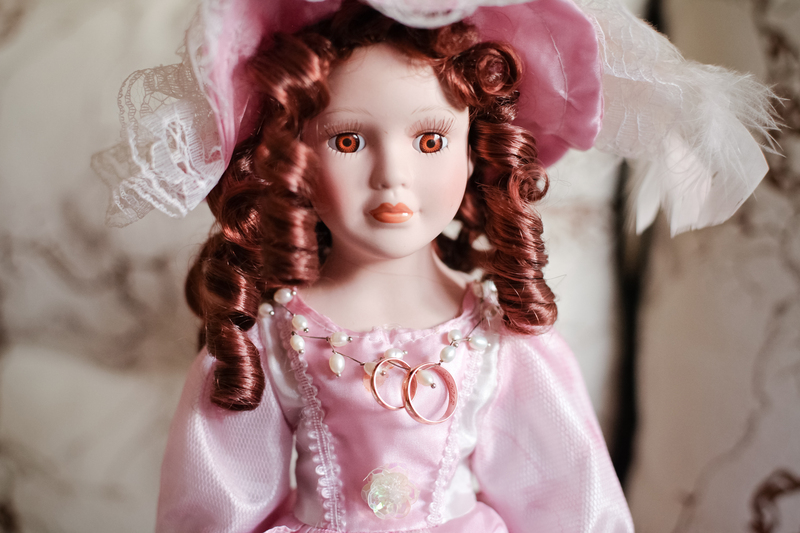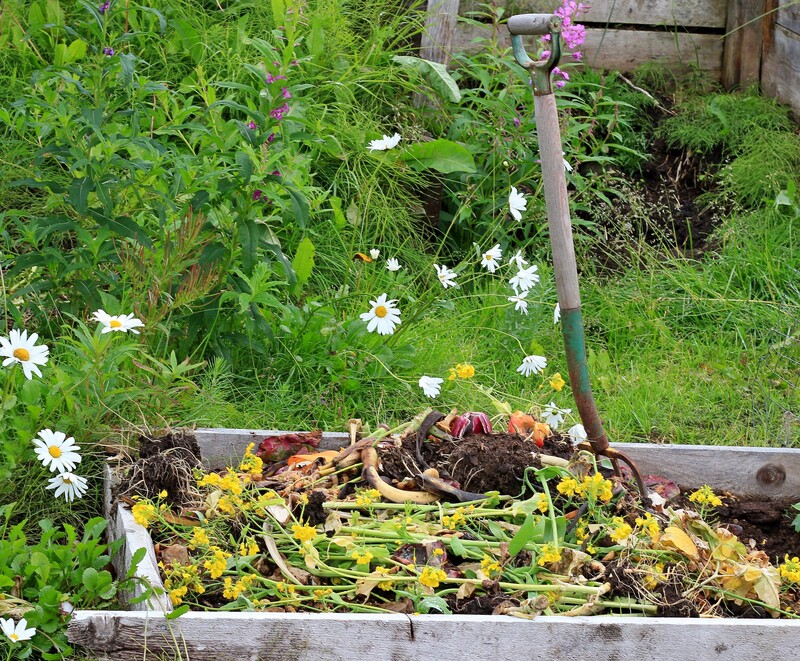From Mess to Masterpiece: Clutter Removal and Hoarder Revival
Is your home overflowing with unused items, stacks of paperwork, or piles of forgotten treasures? Clutter can swiftly transform a peaceful environment into a source of stress and anxiety, especially when it crosses into the realm of hoarding. Fortunately, with the right strategies and guidance, anyone can turn a chaotic space into a beautiful, organized masterpiece. This comprehensive guide explores clutter removal and hoarder revival, providing actionable steps, psychological insights, and practical tips for transforming disarray into harmony.

Understanding Clutter and the Roots of Hoarding
What is Clutter?
Clutter is defined as the accumulation of items that are disorganized, unnecessary, or unused. While a small amount of clutter is normal in daily life, excessive clutter can quickly become unmanageable, especially if left unchecked. Common forms of clutter include:
- Old clothes or shoes that no longer fit
- Outdated paperwork and mail
- Unused appliances or electronics
- Duplicate household items
- Sentimental items that are rarely seen or used
The Psychology of Clutter and Hoarding
For some individuals, clutter is more than just a cosmetic issue; it can be tied to emotional or psychological conditions. Hoarding disorder is a recognized mental health issue characterized by persistent difficulty discarding or parting with possessions--resulting in congested living spaces and compromised quality of life.
Key factors influencing hoarding behaviors include:
- Anxiety: Fear of needing an item in the future
- Sentimental attachment: Items are kept due to emotional significance
- Indecision: Difficulty making decisions about what to keep or discard
- Isolation: Social withdrawal due to embarrassment or shame
Understanding these underlying factors can help individuals and their loved ones approach the clutter removal process with empathy and patience.
The Benefits of Decluttering: Why Tidy Spaces Matter
- Reduced Stress: An organized space promotes a sense of calm and control.
- Increased Productivity: Fewer distractions can improve focus and efficiency.
- Improved Health: Removing clutter reduces dust, allergens, and tripping hazards.
- Enhanced Safety: Clear pathways help prevent accidents and fire risks.
- Positive Momentum: Tackling clutter often leads to other healthy habits.
Ready to embark on your own hoarder revival journey? The following sections break down the clutter removal process, from assessment to aftercare, with tips for fostering lasting change.
Step-by-Step: Clutter Removal and Hoarding Cleanup
1. Assessment: Take Stock and Set Your Goals
Begin by evaluating the scale of the clutter or hoarding problem. Walk through each room and note:
- The most congested areas
- Types of items most commonly accumulated
- The impact of clutter on daily life (e.g., blocked exits, unusable rooms)
Set realistic goals for what you want to achieve. Your goals may include regaining access to a favorite room, creating clear pathways, or being able to invite guests over comfortably.
2. Build Your Support Team
Clutter removal and hoarding cleanup can feel overwhelming if approached alone. Consider assembling a team, which may include:
- Trusted friends or family members
- Professional organizers or decluttering specialists
- Mental health professionals
- Local junk removal services
Pro tip: When working with someone with hoarding tendencies, be sensitive and avoid judgment. Validation and patience go a long way.
3. Create a Sorting System
Effective clutter removal begins with categorizing items. Use a simple system such as:
- Keep: Items used regularly or with functional necessity
- Donate/Sell: Gently used items others may benefit from
- Discard/Recycle: Broken, outdated, or unusable items
- Undecided: Items that require more consideration; limit this pile to avoid stalling
Work in small, manageable areas--one drawer, shelf, or section at a time. Celebrate small victories to maintain motivation!
4. Address Sentimental Attachments
Many people struggle to part with items due to memories or emotional significance. To ease the process:
- Take photos of sentimental but bulky items before letting them go
- Limit keepsakes to a designated box or chest
- Ask yourself: "Does this item bring me joy, or is it holding me back?"
5. Declutter and Deep Clean
Once you've sorted through items, it's time to remove clutter and start cleaning. For severe cases of hoarding disorder cleanup or biohazard risks, consider hiring professional cleaning services. Deep cleaning ensures the space is both tidy and sanitary, reducing allergens and health risks.
6. Organize What Remains
Now that unwanted items are gone, arrange the remaining belongings for easy access and maintainability:
- Use bins, baskets, and shelves to designate places for specific categories
- Label containers clearly
- Place frequently used items within easy reach
- Adopt space-saving storage solutions (vertical shelves, under-bed storage, etc.)
7. Develop Maintenance Routines
To avoid reverting to old habits, establish simple daily or weekly routines:
- Spend 10 minutes each day tidying surfaces
- Do a monthly review to remove unused items
- Adopt a "one in, one out" rule for new purchases
8. Create a Supportive Mindset
Lasting transformation goes beyond physical cleanup. Cultivate a new mindset with:
- Self-compassion: Be patient and celebrate progress, no matter how small
- Ongoing therapy: Counseling can address underlying emotional or cognitive issues
- Community support: Local or online groups can offer encouragement and accountability
The Do's and Don'ts of Hoarder Cleanup
- Do seek professional help for severe or hazardous situations.
- Do respect the feelings and autonomy of those struggling with hoarding.
- Don't force unwanted change or remove items without permission; this can be traumatic.
- Don't expect overnight transformations. Clutter removal and hoarder revival are gradual processes.
- Do use checklists and small goals to stay organized and motivated.
- Don't neglect self-care and stress management.
Professional Clutter Removal Services: When to Call in the Experts
In some cases, the extent of clutter or the emotional complexity of hoarding requires expert intervention. Consider hiring a clutter removal service or professional organizer if:
- The clutter poses safety or health hazards (blocked exits, mold, pests, etc.)
- The emotional burden is too heavy to manage alone
- You require impartial, non-judgmental assistance
- The project exceeds your available time or physical ability
- You want structured, efficient strategies for maintaining order
Tip: Look for companies experienced in hoarder revival and aware of the sensitivity required for these projects.
Preventing Clutter Relapse: Tips for Long-Term Success
1. Practice Mindful Shopping
Before acquiring new items, ask yourself if they're necessary or if they fill a genuine gap. Avoid impulse purchases and value quality over quantity.
2. Set Visible Reminders
Place reminders or "clutter checkpoints" in problem areas, such as a sticky note on the front door or a basket labeled with the words "Sort Weekly."
3. Build Decluttering into Your Routine
For many, the process of clutter removal is ongoing, not a one-time event. Schedule regular purges before holidays, birthdays, or seasonal changes.
4. Stay Connected
Isolation often perpetuates hoarding behaviors. Connect with loved ones, support groups, or online communities focused on decluttering and minimalism.
5. Celebrate Your Progress
Recognizing and rewarding your achievements helps build positive momentum. Take before-and-after photos, journal your journey, and share successes with friends.
An Inspiring Hoarder Revival Success Story
Consider the story of Martha, a grandmother living alone in a three-bedroom house brimming with decades' worth of mementos, books, and holiday decorations. Over the years, Martha's home became nearly impassable, causing her to avoid inviting family over. With the encouragement of her daughter and the help of a hoarder cleanup service, Martha began tackling the mess--one room at a time.
By sorting, donating, and parting with items, Martha gradually transformed her house into a welcoming space filled with only her favorite things. Not only did Martha reclaim her living space, but she also regained joy in hosting Sunday dinners and creating new memories. Her story is a testament to the possibility within every cluttered corner: from mess to masterpiece, revival is always possible.

FAQs About Clutter Removal and Hoarder Revival
- Q: Is hoarding just a form of laziness?
A: Absolutely not. Hoarding is a recognized mental health disorder with deep emotional roots. Compassion and professional support are vital for recovery. - Q: How long does it take to declutter a severely cluttered home?
A: Timelines vary based on the severity, size, and level of attachment. It can take anywhere from several days to months, or longer, with ongoing maintenance. - Q: Should I throw away a loved one's belongings without their permission?
A: Never remove personal property without consent. This can cause trauma and setbacks. Instead, involve them in the process and provide emotional support. - Q: What are signs that it's time to seek professional help?
A: When clutter affects safety, health, relationships, or daily function, professional intervention is recommended.
Conclusion: A Fresh Start Awaits
Reviving a cluttered or hoarded space is more than a cleaning task--it's a journey toward renewed tranquility, safety, and pride in your home. Whether you're tackling a single drawer or an entire household, every step brings you closer from mess to masterpiece. With the right mindset, methods, and support, lasting change is within reach.
For more insights, checklists, and resources on clutter removal and hoarder revival, bookmark this page and take your first step today. Your life--and your space--deserve to shine!